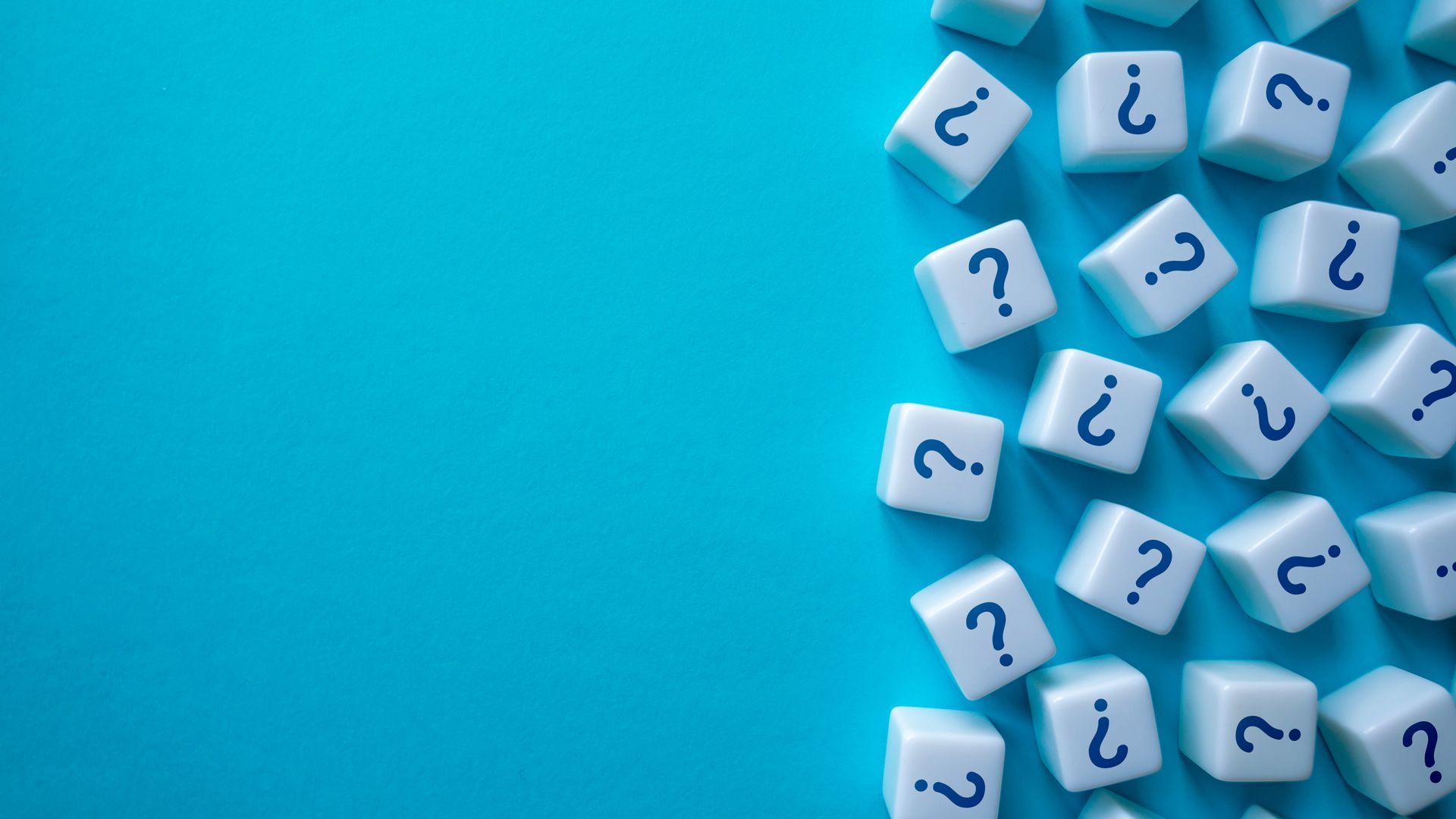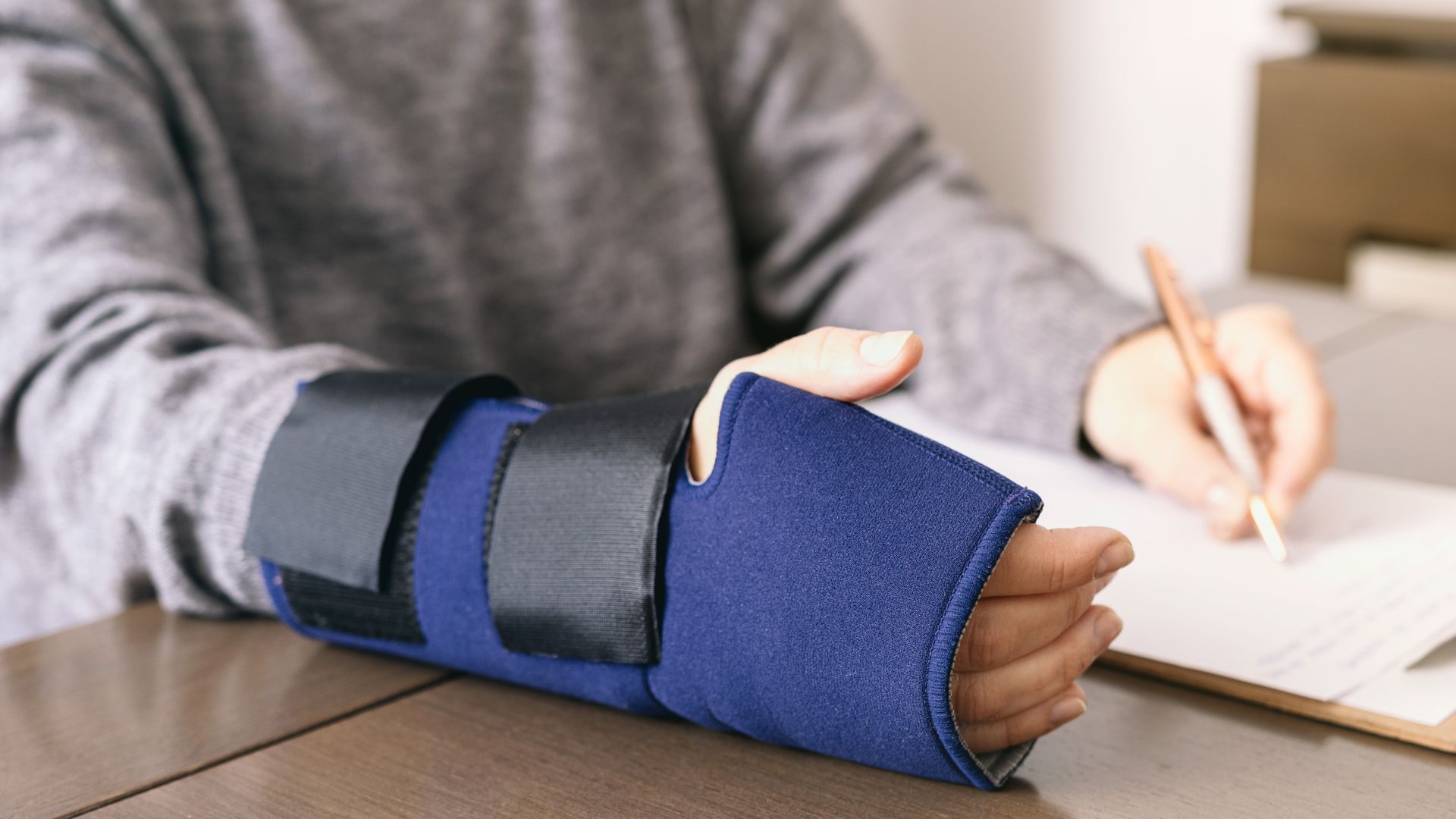Now more than ever, the Australian population is relying on local manufacturers to provide them with products. Given Australia’s heavy reliance on supply chains out of China, the Australian government has announced it will ramp up funding to give local companies the boost they need to manufacture goods that are in high demand, such as hand sanitiser, face masks, hospital gowns and other medical equipment.
Though indeed a trying time for the industry, coronavirus has shone a light on the gaps in the Australian manufacturing landscape, paving the way for more growth and stronger government support of the local market into the future.
Minister for Industry, Science and Technology Karen Andrews said in a statement that this support will help Australia be more self-sufficient in a crisis – as well as create new export opportunities.
“This is about more than just the here and now of the COVID-19 pandemic, this is about working with our local manufacturers to produce the supplies which will make Australia more safe and secure into the future,” she said.
“The COVID-19 pandemic has exposed some gaps in our capability to produce essential medical supplies and this will go a long way to addressing that.
“This co-investment will not only develop our local manufacturing capability, it will see staff up-skilled and new opportunities created both directly and indirectly along the supply chain.”
So, just how is this money being used and what results can we expect for the future of Australia’s manufacturing sector?
Government funding and pivoting manufacturing
Kestrel Manufacturing is receiving $495,000 in government funding to assist in its production of filter materials used in both surgical and P2 masks. The manufacturer will dedicate one of its existing melt blown machines to producing high-quality medical grade filter material that will assist other local companies, such as Med-Con, as it ramps up its annual mask production from a couple of million a year to almost 60 million.
Kestrel Manufacturing General Manager Robert Watson said this support is “welcomed by local manufacturing businesses and clearly demonstrates the Government’s support for boosting Australian capability”.
Clets Linen, a leading garment manufacturing company for the hospitality, event and medical/care industry, will receive $213,000 to increase its capacity to fulfil ongoing orders for disposable isolation gowns for both Australia and abroad.
Nobody Denim is receiving $400,000 to install up to 20 new sewing machines to produce isolation gowns, while RRJ Engineering will manufacture more plastic PPE components, including hand sanitiser bottles, closures and pumps, with $392,000 in assistance.
Working together to strengthen the industry
The pandemic has seen manufacturers, many of who typically work in competition with one another, band together as a way to not only manufacture much needed provisions, but stay afloat during these challenging times.
In one instance, the Federal Government has reached a $31.3 million agreement with Victorian company Grey Innovation, which is leading an industry consortium to produce 2,000 invasive ventilators in Australia as part of the nation’s response to the COVID-19 outbreak.
Grey Innovation Executive Chair Jefferson Harcourt said in a statement that his company is proud to be a part of Australia’s overall strategy to ensure adequate supply of lifesaving ventilators to meet demand during the COVID-19 crisis.
“Victoria has the highest concentration of leading engineering and manufacturing companies in Australia, and as such, we are well placed to work together to build the Notus emergency invasive ventilators as quickly as possible,” he said.
In another case, a group of four Australian-owned and operated manufacturers have teamed up with an international medical technology company and are drawing on local supply chains to manufacture emergency hospital beds in response to COVID-19.
The Australian Government’s Advanced Manufacturing Growth Centre (AMGC) has helped facilitate the partnership between Stryker South Pacific and A.H Beard, AmTek Australia, Fallshaw Wheels & Castors, and Varley Group to produce the Emergency Relief Bed. This has been designed to accommodate patients in respiratory distress and provides critical surge capacity during the COVID-19 pandemic.
Working together in such a way has drawn attention to the resilience, innovative thinking and collaborative spirit that still remains within the Australian manufacturing sector.
Backing Australia made
Australians are being reminded of the value of buying home-grown products, with a new ad campaign that launched on June 1st called ‘Australian Made. This multi-media campaign will help local manufacturers and brands to capitalise on a renewed interest in their products and increasing onshore manufacturing efforts.
The campaign’s website features Australian made and manufactured products, businesses and case studies, and has seen a 130% increase in website traffic since the beginning of the pandemic. According to the campaign’s CEO, Ben Lazzaro, this grass-roots movement has been spawned by the COVID-19 pandemic.
“Our website is attracting more than 250,000 visitors a month… and our social media audience has grown ten-fold since the beginning of this pandemic,” he said.
“Australian brands are also seeing the value in using our logo, with a four-fold increase in applications and a doubling in new licensees.”
This new ad campaign comes after the government earlier this year committed $5 million to expand the reach of the Australian Made logo, so our manufacturers could take on new markets around the world.
If you are looking to partner with a recruitment company that understands the specific needs of the Australian manufacturing industry, contact Baytech today.



